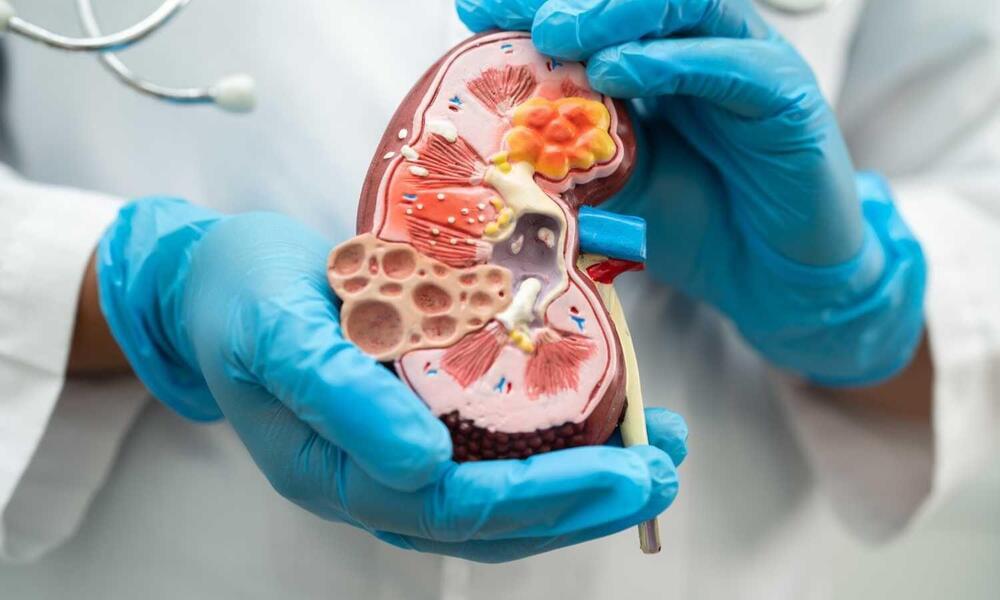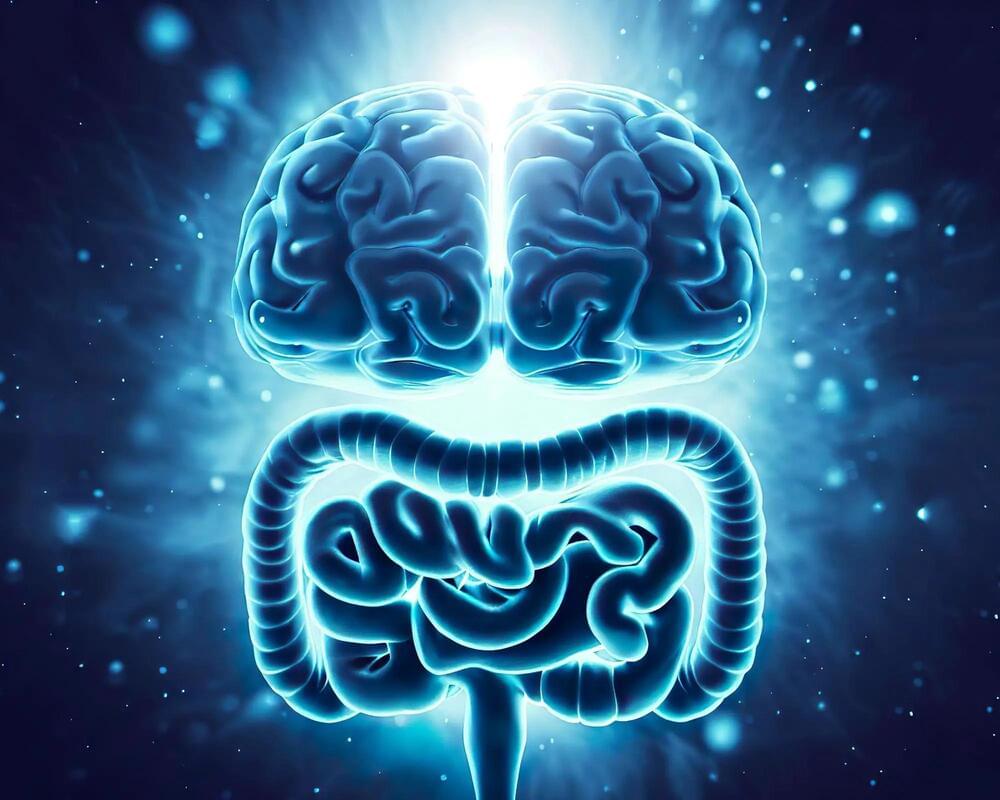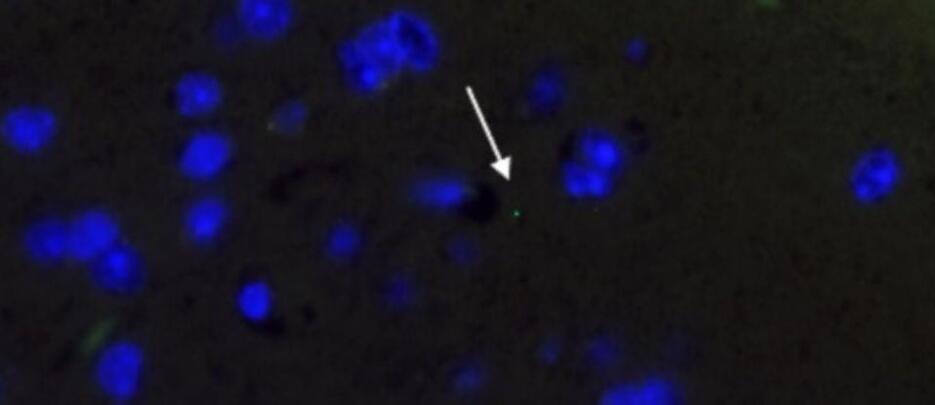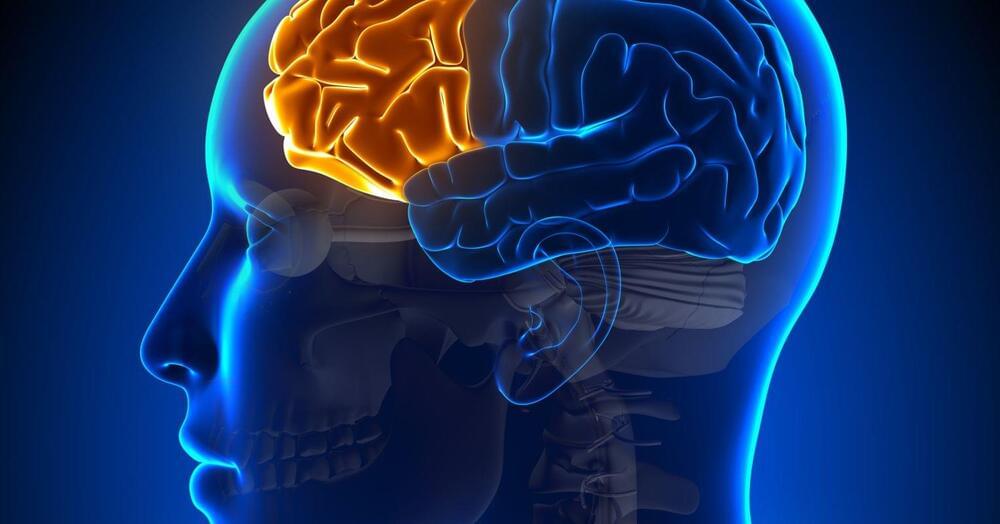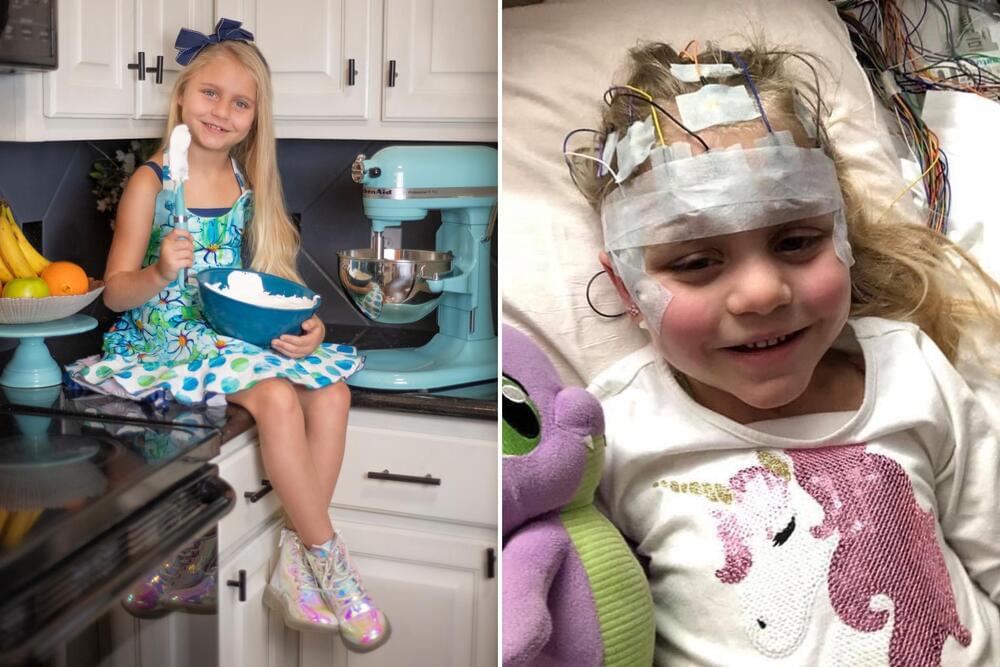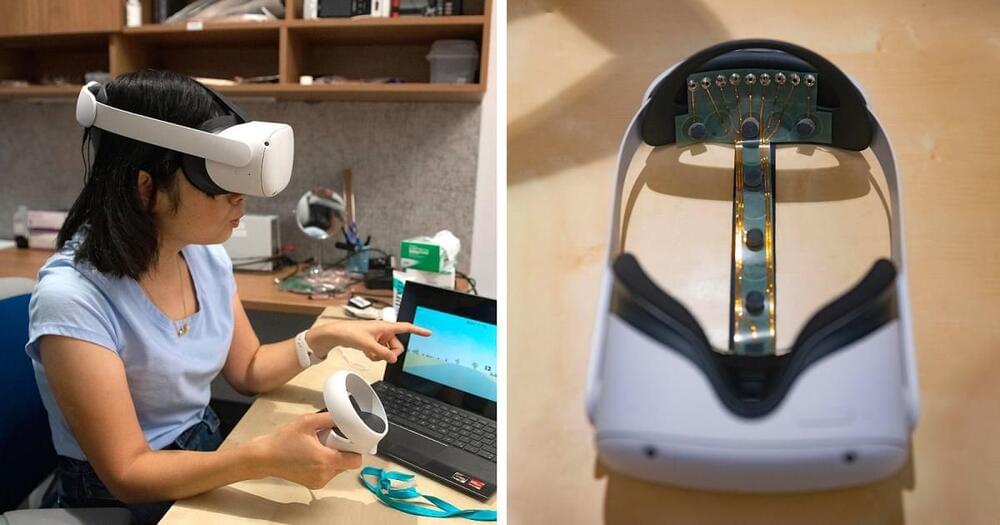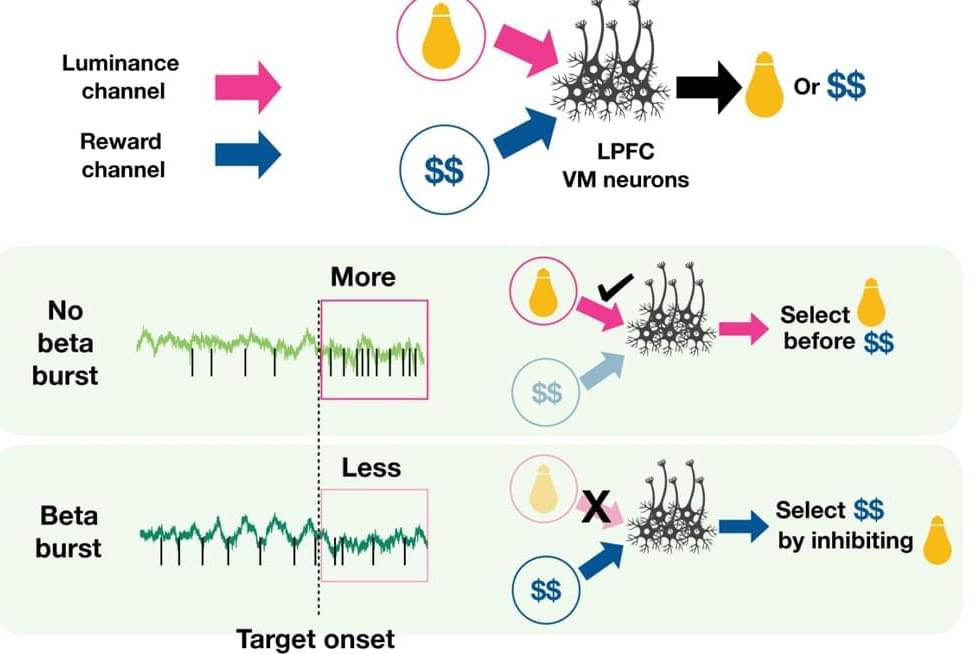My flash fiction literary sci-fi story Le bibloteca de las estrellas has been published by White Cat Publications! Link:
By Logan Thrasher Collins.
Six years after their wedding night, Erik’s wife Viviana died in the halls of La biblioteca de las estrellas. Viviana’s body laid on the floor of that great library, stacks of blue books scattered all around. The covers of the books were navy blue, the pages a pale cornflower blue, and the paragraphs written in brilliant sapphire ink. Erik stepped hesitantly towards his wife’s body, not wanting to comprehend the sight before him. Viviana wore a yellow sundress and her cooling skin seemed luminous beneath the azure light of the library’s electric chandeliers.
As Erik approached the body, he began to weep. His tears fell like rainwater onto the blue books, staining them with grief. Erik reminded himself that Viviana had died for a reason of her own choosing, that she had purposefully let El conocimiento de las estrellas into her brain. He knelt beside her, not wanting to move, not wanting to look away from her face. To Erik, Viviana was the most sparkly glittering girl in the universe. She had been enamored with small animals, she had danced in meadows of scarlet flowers, and she had spoken animatedly of constellations and galactic nuclei. But now her glamor had been stolen by the miniscule machines inhabiting these blue books.

